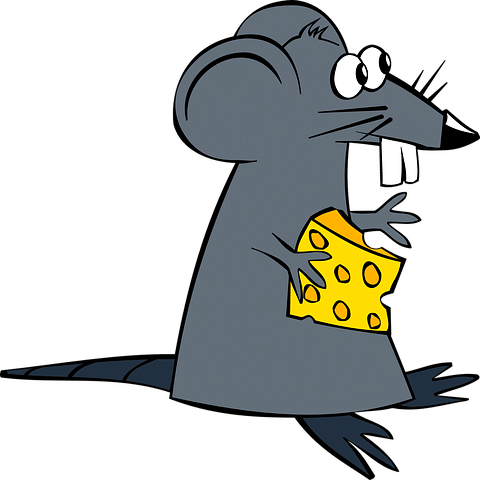Summer is here, the warm weather is glorious and I very much enjoy basking in the sun after a day of hard work. However, so do the rodents and insects that come to infest my stables. At Prime Stables, I know that controlling pests can be a challenge. Thankfully, over the years of maintaining Prime Stables I have come to learn some good tricks of the trade (as it were) and I hope to pass on what I’ve learnt to my avid readers. Find out more below!
Why Control Rodents in Stables?
Before we look at ways to keep rodents out, why is it so important? Well, you may have experienced it many times yourself but rodents consume and contaminate food that is meant for livestock. That’s a lot of horse food going to waste, and the food rats don’t eat, they contaminate through urination, droppings and hair.
Rodents and insects can also cause damage to the structure of you stables, gnawing through wires, insulation, wood and other electricals. Not only that, but pests carry diseases posing a health risk to you and your livestock. So, it’s best to be wary.
How Do You Know There is a Problem?
You may not even know your stable has a problem with rodents. However, there are numerous signs that are telling of rodent activity, such as freshly gnawed wires, droppings, shredded wood and the sound of scurrying in ceilings and walls (generally during the night when they are most active). If you discover any of these signs, it is best to tackle the problem straight away.
Keep Your Stables Clean
Stables are a breeding ground for insects and other pests because where there are animals, there is manure. Insects love manure. Simply implementing a few basic manure management tactics can help you control the population of insects in your stables and reduce the risk of disease to your horses.
Stalls and paddocks should be frequently and thoroughly cleaned to deter pests. Manure should be removed daily and either spread on fields or hauled off to the compost – ideally a little way from the stable. This does take a little more time but the investment will be worth it.
Control Access to Feed Storage
Grains and seeds are the preferred food source for rats and mice, attracting them to your stables like wildfire. Successfully controlling the rodent population requires a proactive approach. Limit the access to feed and deter large rodents from searching your stables for an easy meal.
Be sensible in your food storage techniques as well. Rats and mice make easy work of chewing through paper or plastic grain bags and the same goes for wooden bins. The best storage solution I have discovered is large metal bins with tight-fitting lids.
Occasionally, farmers will load the feed into a wheelbarrow and do the rounds. Although this is convenient, there are often morsels of feed left in the wheelbarrow at the end of the day which attract rodents. If you must use this method, avoid the problem of pests by thoroughly cleaning the wheelbarrow after each use.
Many horses are sloppy eaters and spill grain like there is no tomorrow. This is a great attraction for rodents. Discourage the pests by sweeping up any spilled feed and keeping the stalls, stable aisle and storage areas clean.
Store Blankets Effectively
Rodents love bedding down in stable blankets and find them to be a delightful source of nesting material. When we first started Prime Stables, I would often reach for a blanket only to discover rodents had chewed holes in it, made a nest, or contaminated it. I have since kept all blankets, leg wraps, bandages and pads in tightly sealed containers. This helps ensure they are kept clean and dry without interference from rodents or insects.
Set Some Traps
Trapping is a commonly practiced method of removing rodents from stables. Traps are generally preferred over poisons, especially in stable environments where poison poses a risk to animals. When poison is involved, rats often stagger into walls or crevices to die. They then rot and cause awful odours and distress for everyone, posing a health threat to animals and people alike. By using traps, the progress can be monitored and every rodent that is successfully caught can be disposed of in a sanitary manner.
Final Words
I hope you have found the above tips useful. Getting rid of pests in your stables is extremely important for the health, hygiene and safety of your animals. If you follow the prevention methods above, it is unlikely you will deal with many pest problems – if any. However, these tips also work for stables that are currently infected with pests.
If you have any questions, or you would like further information, give Prime Stables a call today!


